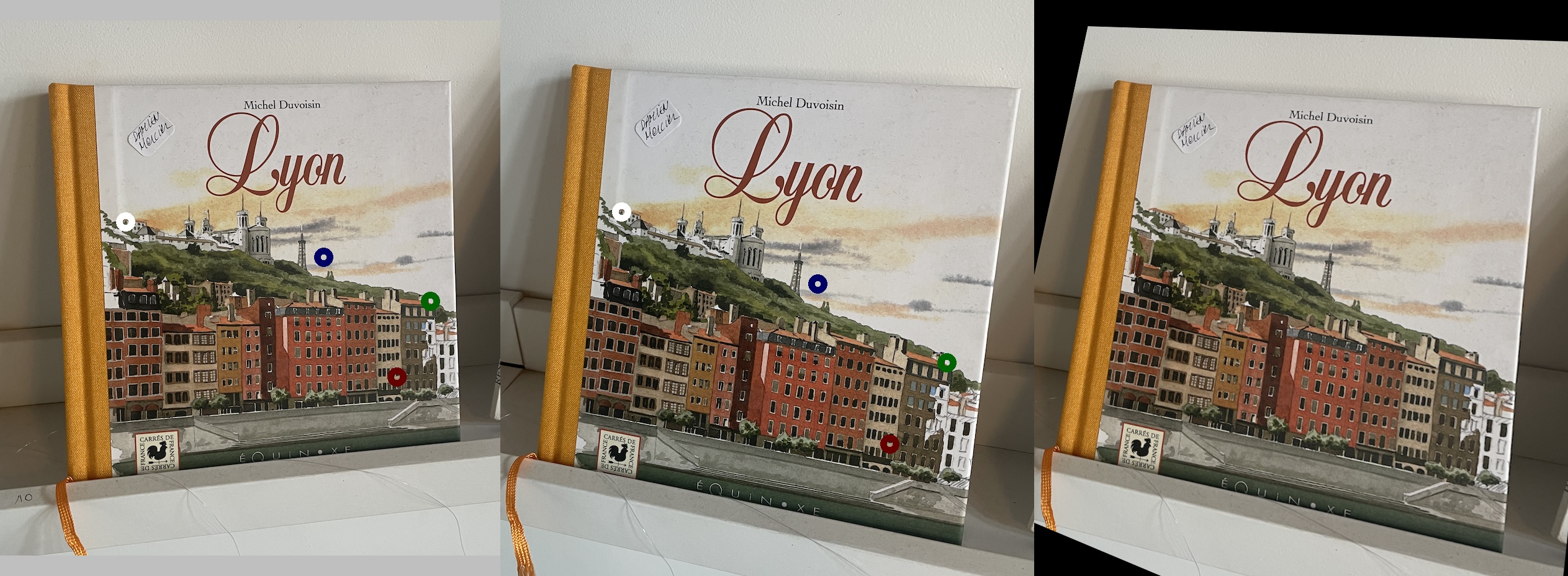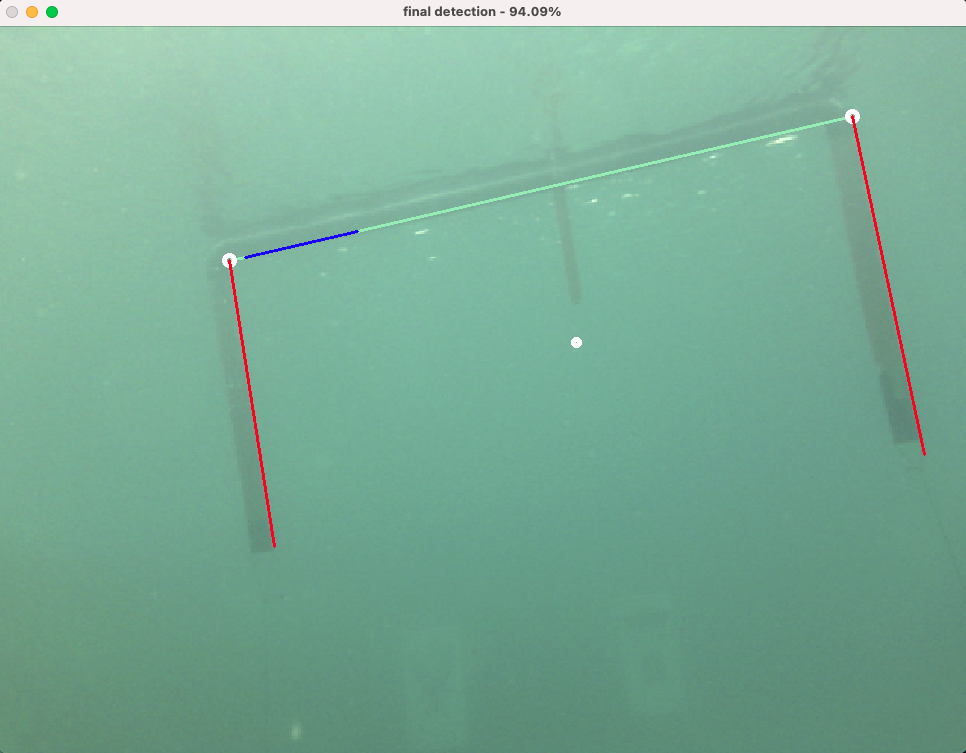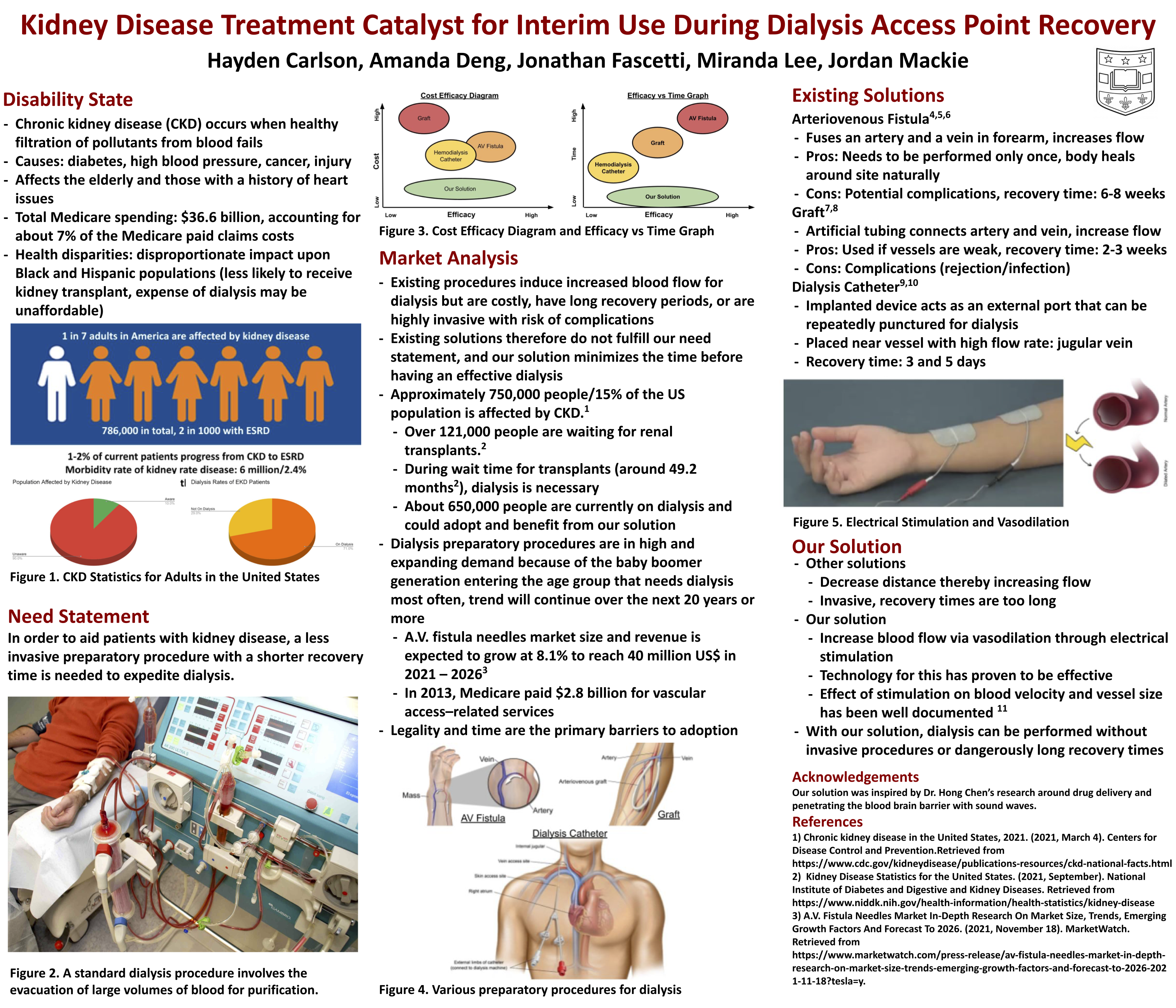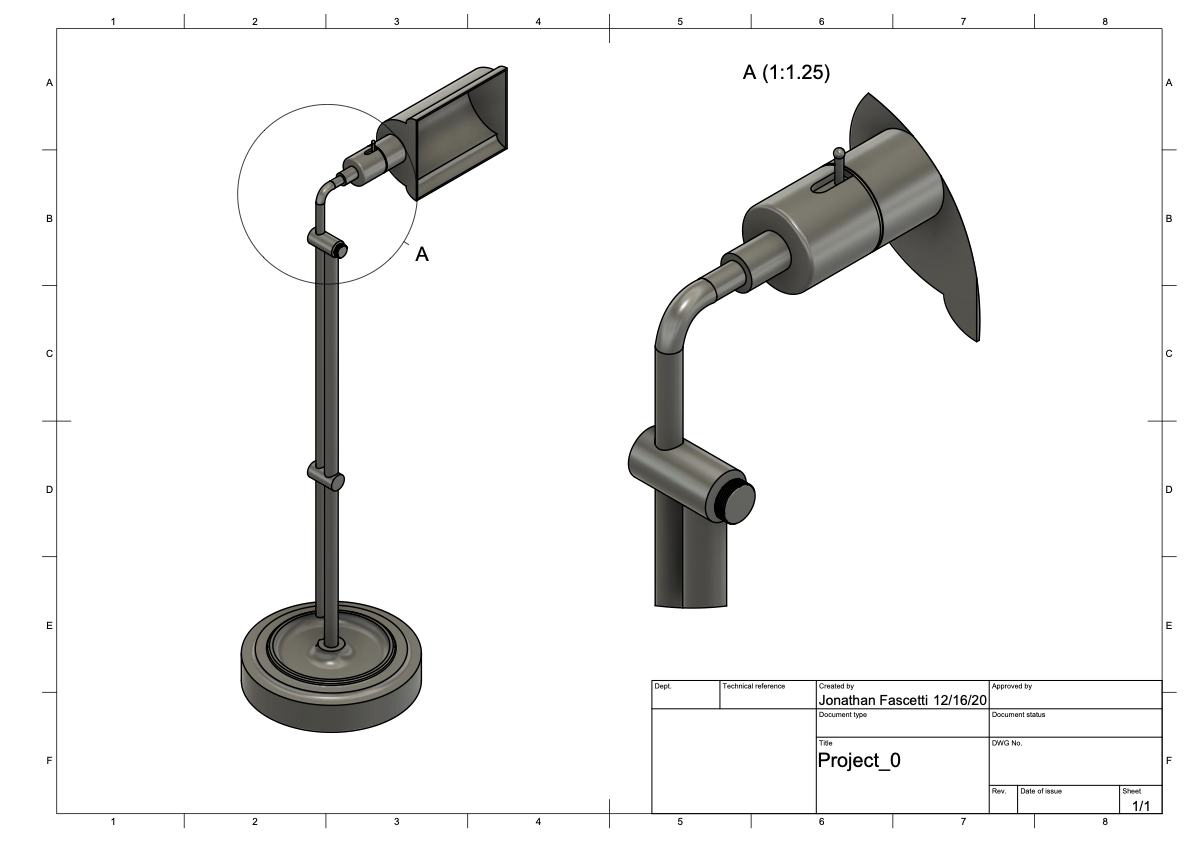Laboratory Experiment Design
Spring semester of Sophmore year
I took a lab-intensive course in thermodynamics with an emphasis on experimental design and presentation.
During the second half of the semester, my partner and I designed a prospective lab for the course. Our
experiments used solution calorimetry to predict the activity of various digestive enzymes using an
over-the-counter meal supplement powder. Throughout the experimental design process, we iterated our
protocols based off current literature and feasibility for a class-scaled laboratory.
Below is the poster we made which showcases the specifics of the lab we created as well as our results.
Close
Summer Internship at New England Biolabs
Summer between sophomore and junior year of college (2023)
During this 10-week summer internship program, I worked in a product-oriented research lab at New England
Biolabs with a focus on nucleic acid amplification techniques, specifically LAMP. My specific project had
two sides: to investigate the effects of reaction volume on detection tendencies for genomic targets and to
optimize workflows for repetitive protocols on automated liquid handling platforms. I gained hands on
experience with more lab equipment, frequently designed experiments, and programmed various liquid handler
platforms. In addition to these technical experiences, an invaluable take away from the summer was my
appreciation for the importance of communication within a team. I frequently prepared concise presentations
to deliver to the lab group regarding the progress of the project and areas I sought advice. Between putting
together these communications and hearing colleagues delivering their own, I came to appreciate that the
collaboration directly gave rise to progress to all our projects.
The poster below is of the poster I created summarizing my project which I presented during a company-wide
symposium at the end of the summer.

Close
Image Stitching Project
Summer before freshman year of college (2021)
During the summer before starting at Washington University in St. Louis, I worked on a project with a peer I
graduated high school with and a mentor to create new software in the realm of image processing. We were
very thorough in how we organized our research, code, and progress. Throughout the summer, I didn’t just
learn a lot about image processing (e.g., feature detection, homography, and warping), but I also gained
valuable experience with regard to project management. We practiced Agile development methods (had frequent
standup meetings and periodic spring review sessions), organized our code in GitHub (frequently committing
and pulling updates to make sure we did not lose any code between the three of us), and worked together to
problem solve through issues while considering multiple variables such as run time, usability, etc. To make
our software usable within an application, more time than a summer is required, so for the time being the
project is on hold until all our schedules allow us to commit time to it.
The image below is an example of how I used homography methods to warp a test image (middle) to the
perspective of a reference image (left) by means of matched-feature locations (black and white dots on test
and refrence image) The resultant image is on the right side.

Close
Python Project: Bioinformatics
Spring of junior year of high school, 2020
In the spring of 2020, I worked on a project with a peer where we researched DNA alignment methods. In the
begging of the project, we started with learning the basics of the chemistry of DNA, the relevance of mutations,
and how they affect the production and effectivity of proteins. Most of the work we did was in a
learning-by-discovery style, where a problem was proposed to us and we worked together to design a solution. We
exercised our programming skills and got more familiar with the concepts by doing smaller tasks like having a
script identify start codons from DNA and produce an amino acid code chain until an end codon. Later, we
researched current literature of using computational methods to align DNA sequences to identify protein
sequences and put them to practice. One of the biggest challenges we faced in designing and putting these
methods to use was how to account for mutations when identifying a sequence of DNA (as you want to flag
sequences that are close enough to a reference one, but the changes are also inevitable). I learned a lot both
about the chemistry of DNA and mutations as well as gained familiarity with advanced computation methods for
sequence alignment. Throughout the project, I particularly enjoyed being able to take what I had learned in
computer programming, chemistry classes, and biology classes to engineer solutions and problem solve with my
peer.
The sample of code linked below translates a DNA sequeces from a .FASTA file into the corresponding peptide
sequence. The program finds the length of the peptide, finds stop codon locations, finds double bases and
their locations, and outputs the found information to a new .FASTA file.
Close
Lab Research Project
Spring of senior year of high school (2021)
At the end of my senior year of high school, my school implemented the use of ‘antibacterial’ grips and
stickers that were placed on door handles and other common-touch places with hopes of mitigating the spread
of germs during in-person school mid-pandemic. I was curious whether the grips were truly antibacterial, so,
through an independent study, I put them to the test. Throughout the term, I meticulously crafted a series
of experiments, performed them, and went through the engineering design process by redesigning my
procedures. I learned a lot with regard to basic lab skills like mixing and pouring ager plates, swabbing
methods, and how to execute procedures while maintaining a sterile environment. My experiments were
unfortunately cut short due to the end of the school year but if I had more time I would have sent out
bacterial samples I had collected to be sequenced and taxonomically identified so I could do further analyze
my results and predict what types of bacteria the grips may be effective against. The biggest take away I
had from the project, though, was how much planning is required to make a well-rounded experiment that
accounts for many different types of uncertainty.
Close
Biomedical Engineering "Needs" Project
Fall semester of freshman year at WashU
As part of the course Introduction to Biomedical Engineering, I worked with a small group of peers to
practice needs finding by discovering a ‘need’ in a specific population, and design a solution for them. Our
group explored a kidney disease patient's perspective and designed and proposed a solution for a way to
perform effective interim dialysis during their recovery from invasive long term preparatory surgeries. We
proposed that electric stimulation can be directed toward veins which could increase blood flow sufficiently
to perform dialysis. We used current research to defend our solution as well as mechanical principles we
learned through the course like Poiseuille's law. Throughout the project we had to iterate and engineer
various possible solutions to arrive at one that we all were happy with. I not only learned a lot about
preparatory methods for dialysis but also how to work with a group of peers to generate ideas and organize a
poster in an effective way.
Close
CAD Experience
Continuing, started in sophmore year of high school (2019)
In various classes, clubs, and out of personal interest, I have pursued learn how to use computer aided
design (CAD) software. The example below is from an engineering class I took senior year of high school and
was mainly focused around translating physical measurements into CAD models. I’ve also gained some
experience with CAD through a robotics team I was involved with in high school where I helped design parts
(e.g., sliding clamps) that I made with a 3D printer to go on our autonomous water vehicle. In instances
like this, I learned a lot about the practicality aspects of using CAD to make objects through means of 3D
printing like how to deal with inevitable errors. I have also been able to continue to exercise my CAD
skills through courses in college.
Close
Python Project: Autoglosser
Spring and summer before freshman year of college (2021)
As part of my senior year final project, I pursued an internship with a Boston University linguistics
faculty member where we developed a way to visualize her data from user input. In short, we synthesized a
method to match user input to known data stored in CSV (comma separated value) files and display the output
data in a web interface. This professor uses this tool we developed together as a data visualization method
for her research group. While this project allowed me to take away specific skills (like moving data around
different platforms, datatypes, and programming languages), I also developed strengths that are applicable
more generally as well. For example, I learned how to view initial ideas from different perspectives in
order to create a more effective solution, apply and progress my prior programming knowledge to new
circumstances, and I also had some exposure to fascinating linguistic interpretation methods.
Close
RoboSub: BeaverAUV
Sophmore through senior year of high school (including summers) (2019-2021)
Starting in my sophomore year of high school I participated in a club at my school called BeaverAUV. In the
club, we design, program, and build an autonomous underwater vehicle (AUV) to compete in an international
collegiate competition called RoboSub. When I was part of the club, I mainly worked on the computer vison
aspects of the AUV. In short, the largest endeavor I took on was developing a way for our AUV to detect
gates, which it would have to independently navigate through in the competition. Starting as someone who had
never done anything related to image processing, I had to do a lot of research on which methods would fit
our needs, and how to translate them over to the AUV itself. I also had the opportunity to collaborate with
other team members and learn what they were working on too, like piece design with CAD, motor control, and
how to generally manage a club and funding.
The image below is an example of what an output from my gate detection program was, which would later be
implemented to the AUV for live use.

Close
Microbiomes
Spring of senior year of high school (2021)
As an independent study in the beginning of my senior year of high school, I investigated microbiomes,
techniques to analyze them, and their potential applications. In this study, I extensively researched the
relevant scientific methods and biological systems of microbiomes and their implication onto human health. I
then synthesized my research and developed a website designed to teach people about the importance of
microbiomes and the potential impact they have on human medicine. Throughout the project, I really enjoyed
having the freedom to seemingly endlessly dig deeper and deeper into a field of science, especially since a
lot of the literature I was reading was very new. I then was faced with taking all of the information I had
collected and translating it into a readable form for someone who was not as familiar with the field as I
am.
Check out the site I made here.
Close
TITLE
GENERAL DATE AND WHERE I WAS IN SCHOOL
TEXT BODY
Close
Jonathan Fascetti's Portfolio





